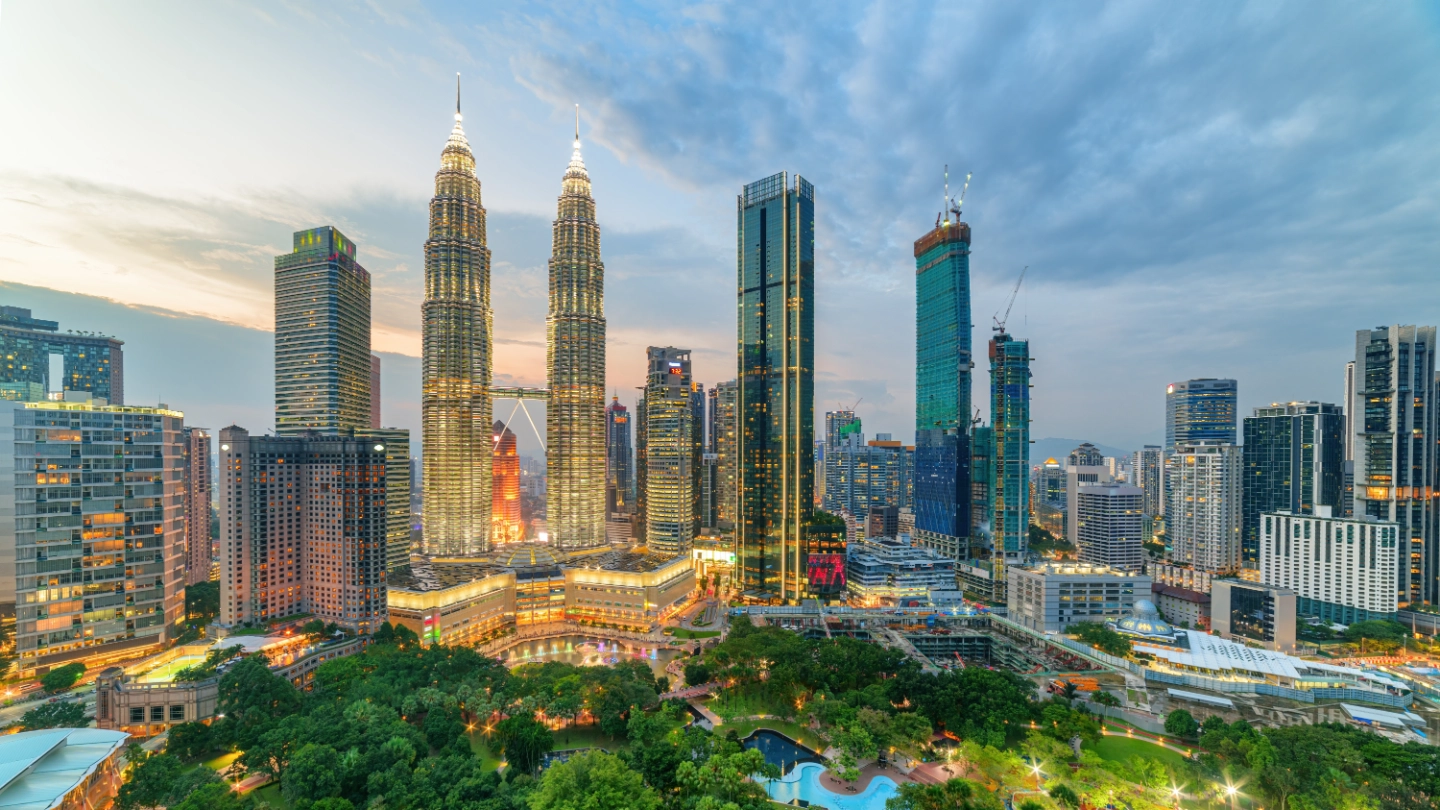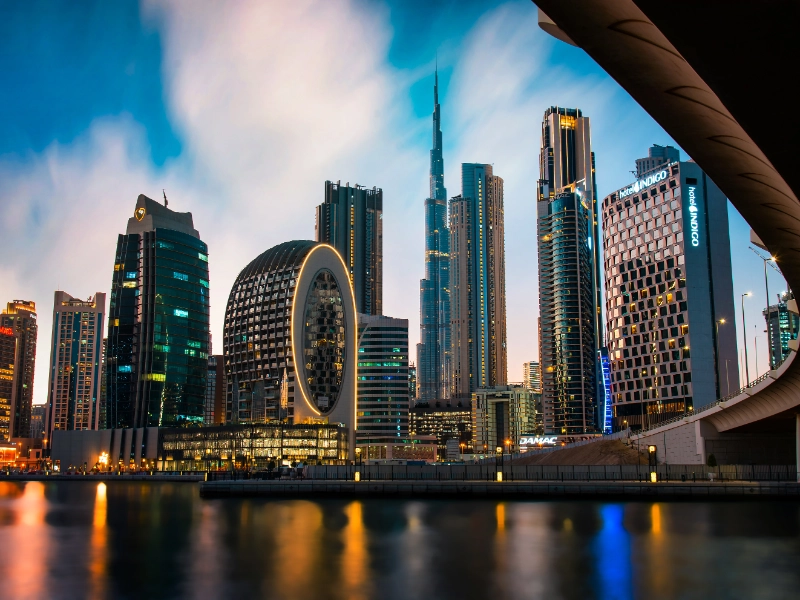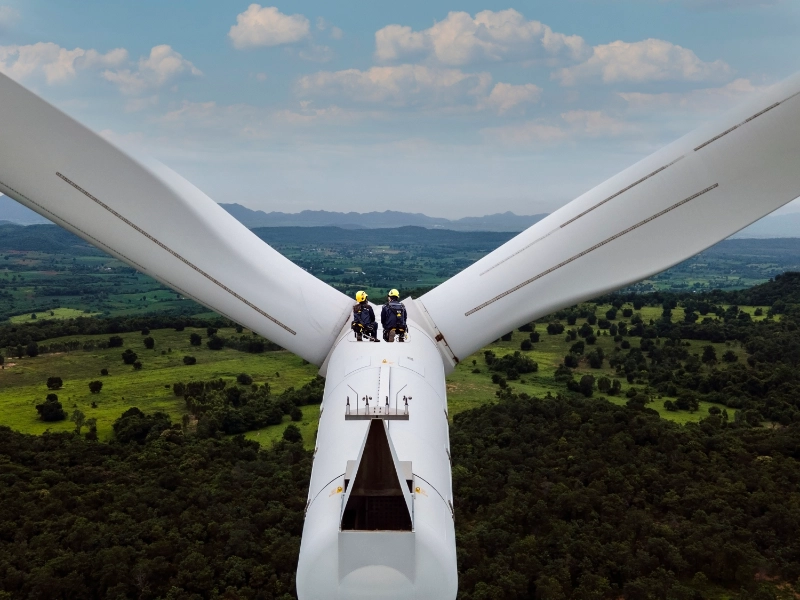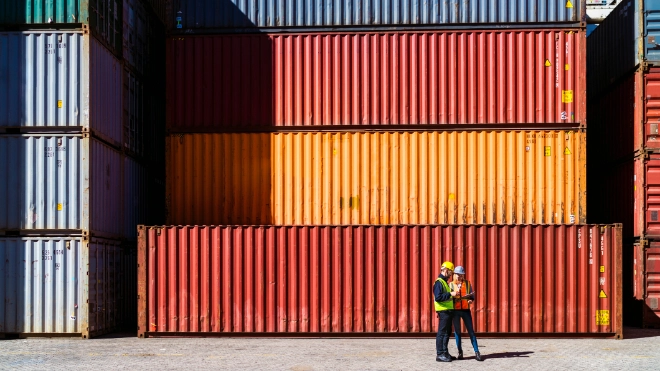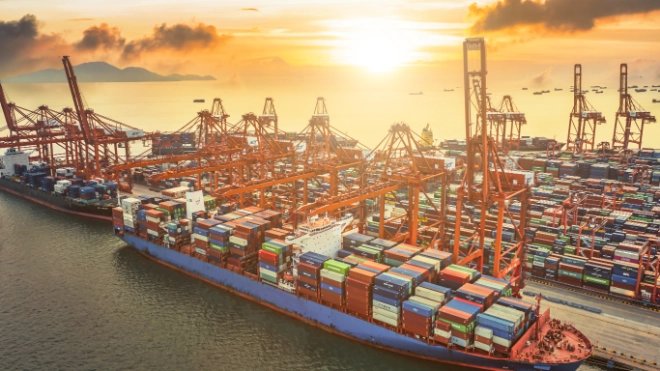Gospodarka z potencjałem ryzyka i możliwości
Globalne i lokalne analizy przygotowane przez naszych wyspecjalizowanych doradców dotyczące bieżących trendów gospodarczych, wraz ze strategicznymi wskazówkami, które wspierają skuteczniejsze zarządzanie ryzykiem finansowym w Twojej firmie.
Monitorowanie ryzyk i szans. Nasi eksperci nieustannie analizują rynki w ponad 40 krajach. Dzięki temu dostarczamy aktualne informacje o sytuacji rynkowej, prognozach gospodarczych, trendach ekonomicznych, ryzykach geopolitycznych oraz unikalne rekomendacje dotyczące zarządzania ryzykiem w Twojej firmie.
Na podstawie tych analiz możesz wyciągnąć trafne wnioski dla swojej działalności.
Polecamy lekturę wszystkim zainteresowanym biznesem – menedżerom ds. ryzyka, dyrektorom finansowym oraz zespołom sprzedaży.

































